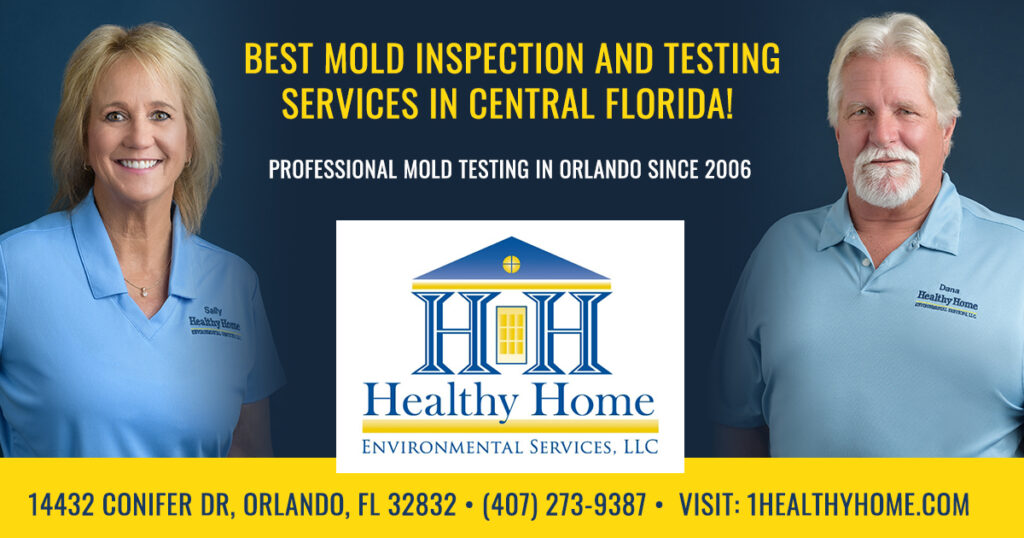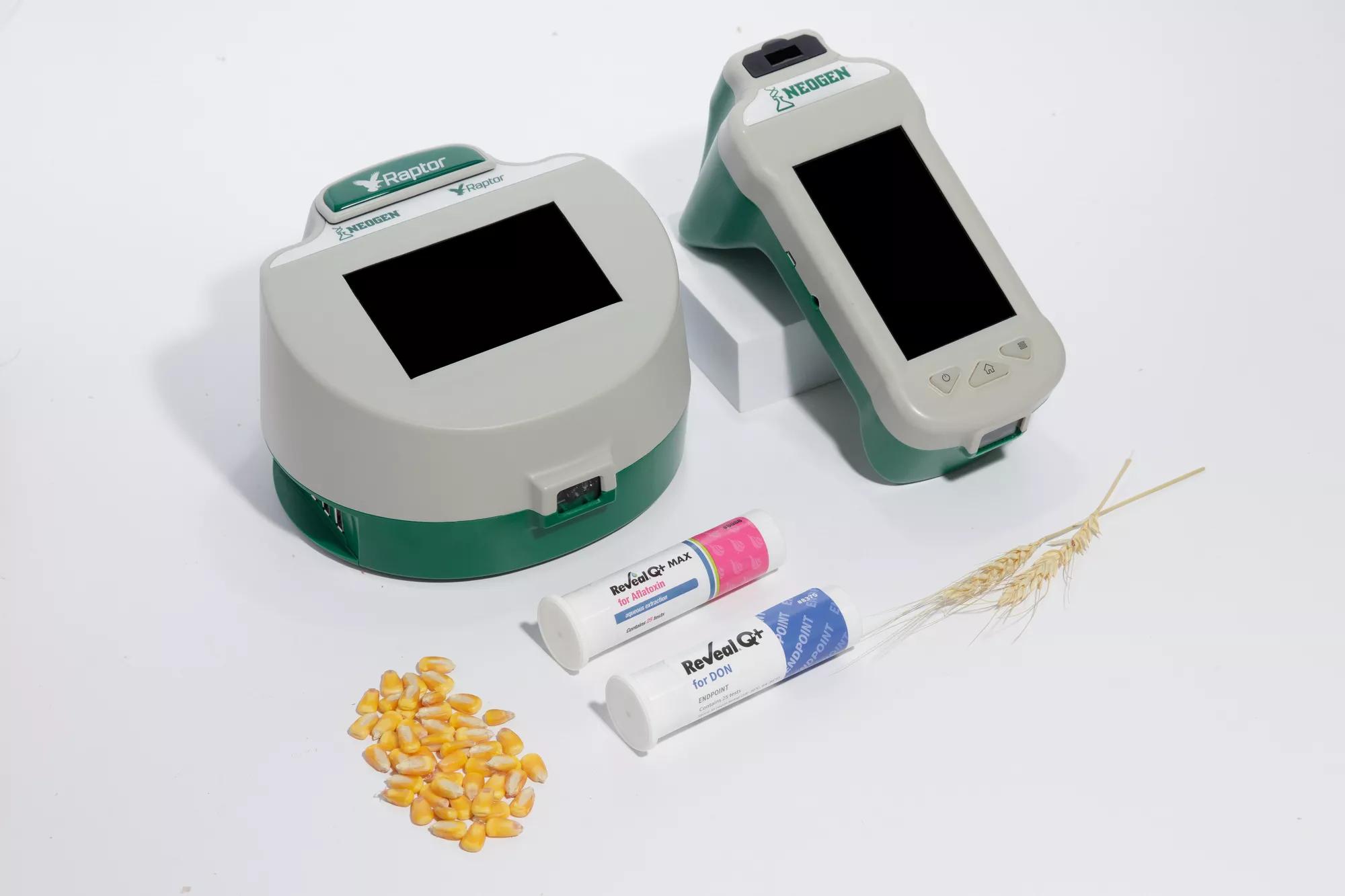Ensuring Compliance With Regulations: the Function of Mycotoxin Checking in Quality Assurance
Ensuring conformity with rigorous laws is extremely important for keeping food safety and security, and the function of mycotoxin testing in quality assurance can not be overstated. Mycotoxins, harmful substances created by specific mold and mildews, present considerable health and wellness dangers, making their detection crucial in food production. Adherence to governing requirements, such as those set by the FDA and EU, requires durable testing approaches and modern technologies to determine and measure these contaminants. By implementing detailed screening procedures, companies can avoid prospective health crises, stay clear of pricey recalls, and keep customer trust fund. Nevertheless, the intricacies of these testing processes increase crucial inquiries concerning their performance and performance.
Understanding Mycotoxins
Recognizing mycotoxins is essential to making certain the quality and safety of farming products. The most well-known mycotoxins include aflatoxins, ochratoxins, trichothecenes, and fumonisins, each associated with details fungal varieties and ecological problems.
The existence of mycotoxins in food products can bring about severe and persistent health concerns, consisting of liver damage, immune reductions, and carcinogenic impacts. Their discovery and quantification are crucial parts of high quality control in farming and food markets. The intricacy of mycotoxin contamination requires a complex strategy, employing advanced analytical strategies such as fluid chromatography, mass spectrometry, and enzyme-linked immunosorbent assays (ELISA) By recognizing the sources, types, and effects of mycotoxins, stakeholders in the farming industry can much better execute preventative procedures and mitigate dangers, guaranteeing more secure usage for end-users. This understanding forms the bedrock whereupon reliable mycotoxin management methods are constructed.
Regulative Criteria for Mycotoxins
Having developed a foundational understanding of mycotoxins and their effect on food safety, it is vital to review the regulative standards governing their presence in agricultural products. Regulatory standards for mycotoxins are necessary due to the fact that they specify permissible limitations, making sure food security and securing public health and wellness. Different worldwide and nationwide companies have set these limitations based on detailed danger evaluations.
The Codex Alimentarius Commission, an international body established by the FAO and that, gives standards and maximum permitted levels for different mycotoxins in food and feed. As an example, the Codex has established restrictions for aflatoxins in peanuts, maize, and dried out figs, amongst various other commodities. These standards are often adopted or adjusted by specific nations to fit their details needs.
In the European Union, Regulation (EC) No 1881/2006 states optimum levels for numerous mycotoxins, such as aflatoxins, ochratoxin A, and deoxynivalenol, in different foodstuff. The United State Food and Medicine Management (FDA) has developed activity levels for mycotoxins like aflatoxins in products such as nuts and grains.
Adherence to these governing criteria is important for keeping market accessibility, customer trust fund, and public wellness. Non-compliance can result in significant financial losses and wellness risks, underscoring the relevance of strict mycotoxin testing protocols.
Examining Methods and Technologies

ELISA is extensively valued for its affordable and quick screening capabilities, making it suitable for high-throughput environments. It relies on antibodies to spot details mycotoxins, providing results in a fairly short time frame. Its sensitivity might be limited compared to much more sophisticated techniques.
HPLC, on the various other hand, masters offering quantitative analysis with high accuracy and precision. It divides complex blends into specific elements, making it highly reliable for determining and measuring several mycotoxins all at once - Mycotoxin testing Services. This method, while more taxing and resource-intensive than check here ELISA, offers a greater level of reliability

LC-MS stands for the peak of analytical specificity and level of sensitivity. Combining the splitting up power of fluid chromatography with the detection capacities of mass spectrometry, LC-MS can identify even trace levels of mycotoxins. This approach is important for confirming the visibility of mycotoxins in governing and forensic contexts, ensuring conformity with rigid safety criteria.
Applying Checking Methods

Including these innovative screening approaches into a thorough quality assurance structure requires a well-structured method to carrying out screening methods. To attain this, companies must first conduct a thorough threat evaluation to determine potential mycotoxin contamination factors within the supply chain. This evaluation informs the development of a tailored testing strategy that attends to certain susceptabilities.
Following, establishing standardized sampling procedures is critical. Constant tasting ensures that test results are reputable and rep of the entire batch (Mycotoxin testing Services). Complying with guidelines from regulatory bodies, such as the FDA or EFSA, helps keep conformity and boosts the trustworthiness of the testing procedure
Training personnel is another pivotal element. Personnel should excel in both sample collection and the operation of testing devices. Routine training sessions and accreditation programs can make sure that group members stay updated with the most recent strategies and regulative changes.
Benefits of Mycotoxin Examining
Mycotoxin screening provides many advantages that significantly boost the security and quality of food and feed items. Largely, it functions as a critical control action to stop polluted products from getting to the consumer market, thereby guarding public health and wellness. By recognizing and measuring mycotoxins such as aflatoxins, ochratoxins, and fumonisins, manufacturers can guarantee that their items fulfill rigorous governing requirements, therefore avoiding possible lawful repercussions and connected prices.
Furthermore, mycotoxin screening contributes to the financial viability of food and feed markets by reducing the threat of massive product recalls. The capacity to find and separate infected batches early in the production procedure reduces waste and stops the economic losses related to broken This Site brand online reputation. It cultivates consumer trust and loyalty, as clients are progressively mindful of food safety and security problems and need greater top quality requirements.
The application of regular mycotoxin screening also promotes best practices within agricultural and production industries. By sticking to strenuous screening protocols, firms can optimize their quality assurance processes, enhance functional efficiency, and make sure the constant manufacturing of secure, high-quality products. Finally, the benefits of mycotoxin testing are multifaceted, adding to public health and wellness, financial stability, and industry honesty.
Verdict
Mycotoxin testing is critical in making sure compliance with regulative standards, thereby keeping food security and high quality control. Thus, mycotoxin screening remains an essential component of contemporary food safety monitoring systems.
Making certain conformity with rigid regulations is paramount for preserving food safety, and the duty of mycotoxin screening in quality control can not be overemphasized.In the realm of mycotoxin screening, progressed methods and modern technologies are pivotal in making certain food safety and governing conformity.Mycotoxin testing offers various benefits that considerably enhance the safety and security and quality of food and feed items.Mycotoxin screening is critical in making sure conformity with regulative requirements, consequently preserving food security and high quality control. Therefore, mycotoxin testing remains a crucial part of modern-day food security administration systems.